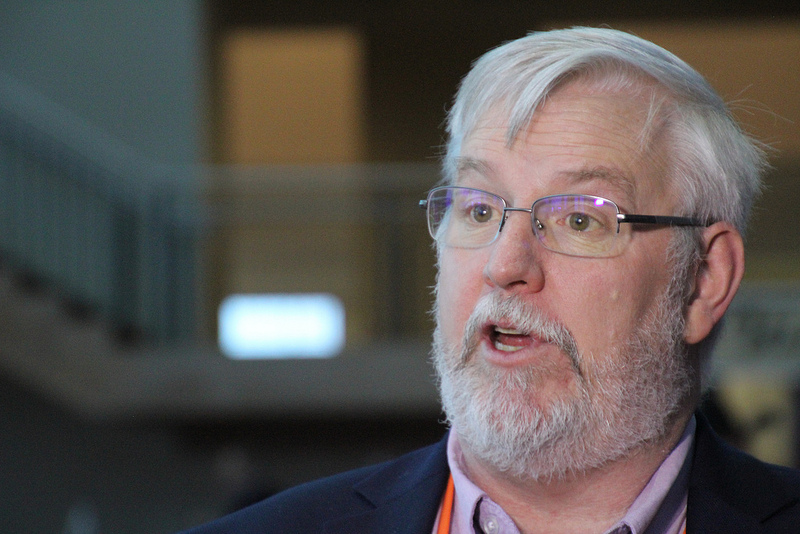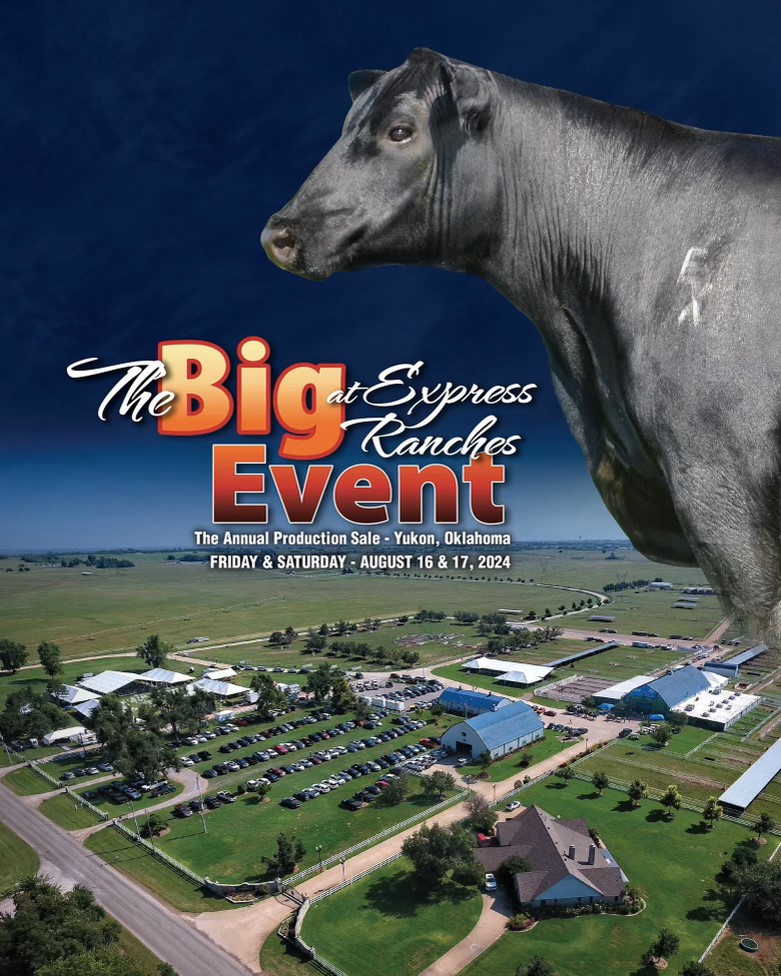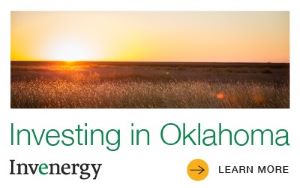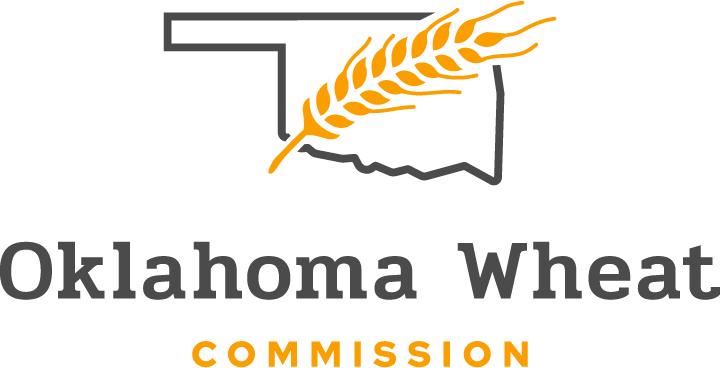
Agricultural News
Peel on Cattle Markets: Correcting the Correction?
Mon, 12 Oct 2015 11:23:56 CDT

Derrell S. Peel, Oklahoma State University Extension Livestock Marketing Specialist, writes in the latest Cow/Calf Corner newsletter.
There are encouraging signs that fed and feeder cattle markets have turned the corner on the massive slide in prices in recent weeks. Notice that I didn't say "correcting the overcorrection". What has happened, especially for fed cattle markets, was a necessary correction to provide the market signals to fix a problem that developed over several months due to a lack of proper market signals. Feedlots have been pushing carcass weights for months, abetted by packers, since both had individual as well as market incentives to offset lack of cattle numbers with additional carcass weight. However, there are both biological and market limits to how far weights can be pushed before hitting a relatively abrupt wall. Signals such as discounts for heavy carcasses and yield grade 4 and 5 carcasses did not adjust quickly enough to slow the weight train and avoid hitting the wall. Reported heavy carcass discounts have not increased at all and Yield grade 4 and 5 discounts did not increase until September and then only modestly. Even the Choice-Select Spread followed a normal seasonal increase until mid-September before adjusting sharply lower in the face of very high Choice grading percentages that accompanied the overweight carcasses. It has taken sharply lower average fed cattle prices, combined with these quality factors, to emphasize that these heavy cattle must be marketed now.
Is the problem fixed? There are several encouraging signs: cash fed and feeder cattle prices rallied late last week and Live and Feeder futures contract prices also rallied sharply last week. More importantly, two weeks of higher slaughter, especially steer slaughter, and a slight decrease in steer and heifer carcass weights in the latest data may be signs that the worst is behind us. However, the next two weeks are likely to be the most critical in determining the cattle market situation for the remainder of the year. If the heavy cattle are thoroughly cleaned up, there is good potential for a significant rally and fundamentally stronger cattle markets for the rest of the year. However, the quickest way to make sure a rally never materializes is to start waiting for it too soon. Certainly it will take some time for the additional beef tonnage to work through wholesale and retail markets but it is encouraging that beef movement appears to be good.
The recent situation also highlights another point that may be very important in the coming months and years. The dramatic increase in fed carcass weights this year is testament to cattle genetics and production technologies that allow cattle to grow to weights unimaginable just a short time ago. This, combined with relatively low feed cost, increasingly suggest that we have the ability push both total production and product size beyond market limits. It is pretty clear that we can continue to make steaks bigger but it is not at all clear that we can sell them profitably. At the very least there will have to be changes in the way products are marketed. Perhaps Ribeye steaks which are too big for the plate will have to be marketed as Ribeye nuggets. I expect that these questions will become ever more important going forward. There may be a Jurassic Park lesson for the beef industry in all of this: just because you can, doesn't mean you should. It is critical that we recognize and focus on what we must produce to meet market demand and not just on what we can produce-no matter how efficiently.
WebReadyTM Powered by WireReady® NSI
Top Agricultural News
More Headlines...




















